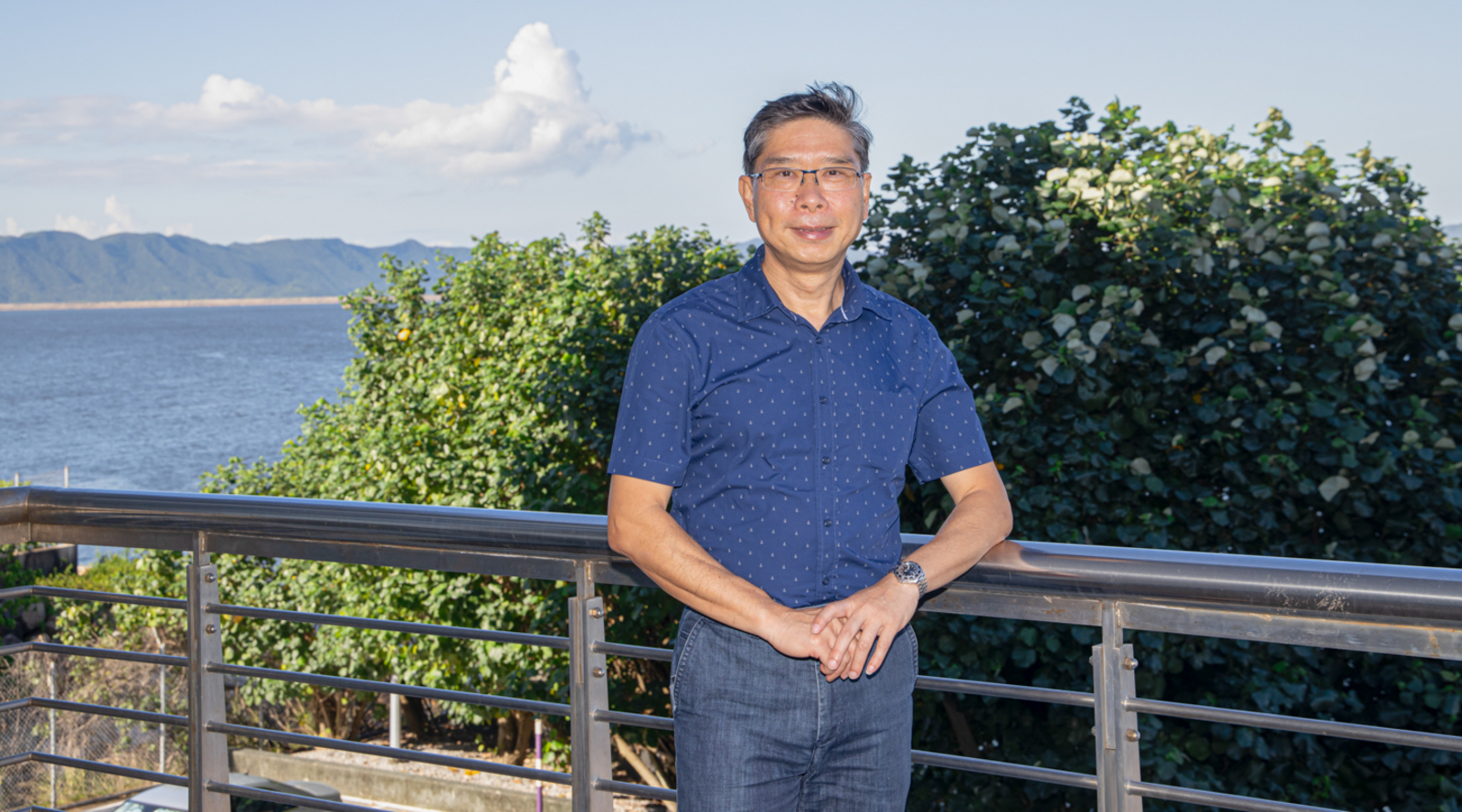Marine ecologists find low functional diversity of invertebrates threatens mangroves
The ecological functioning of mangroves depends upon the mutual relationships between their floral and faunal components, and there is no viable mangrove forest without a healthy community of invertebrates sustaining it.
In order to learn more about this relationship, which is crucial to the management of pristine mangroves and rehabilitation of degraded ones, Prof Lee Shing Yip (Croucher Fellowship 1988) from the School of Life Sciences of The Chinese University of Hong Kong, and Dr Stefano Cannicci from the Research Division for Ecology & Biodiversity of The University of Hong Kong, compiled a dataset of 209 crustacean and 155 mollusc species from 16 mangrove forests around the world.
A high functional redundancy is a sort of ecological insurance, since if one species is lost, another can fulfil its function, ultimately keeping the ecosystem viable. Researchers found that mangroves, when compared with other ecosystems, are among those with the lowest functional redundancy among resident fauna recorded to date, which suggests that these coastal vegetations are one of the most precarious ecosystems in the world in the face of the recent anthropogenic changes.
The authors classified the species they found into 64 functional entities based on unique combinations of three functional traits: feeding habits, behavioural traits potentially affecting ecosystem characteristics, and micro-habitat. More than 60% of the locations showed no functional redundancy, with the notable exceptions being locations in South America, the eastern Indian Ocean and the western Pacific Ocean.
On average, 57% of the functional entities are performed by a single species, suggesting that even a modest local loss of invertebrate diversity could have significant negative consequences for mangrove functionality and resilience, because invertebrates are crucial for mangrove nutrient cycling and for oxygen provision to the tree roots. These functions will be lost with a decrease in functional diversity.
The findings, published in The Proceedings of the National Academy of Sciences, suggested that faunal functional diversity may be a better measure of mangrove resilience than the conventional indicator of forest size. Studying the functional diversity of the resident faunal assemblages is crucial for assessing the vulnerability of mangrove forests to environmental change and for designing effective management, conservation, and restoration plans.
Hong Kong Mangroves
Some small mangrove patches, such as those in Hong Kong and Mozambique, harbour multifunctional invertebrate assemblages that may serve as biodiversity reservoirs, which could prove critical for future conservation efforts. Mangrove trees can be replanted but the local invertebrate fauna needs to naturally recruit the newly replanted sites. Without faunal recruitment, mangroves will not be able to develop, due to the lack of nutrients and oxygen in the soil. Although the mangroves in Hong Kong are small, they are diverse, and home to many species, which perform multiple functions in the environment. The mangroves in Hong Kong are the last pristine and natural mangroves in the Pearl River Delta, and they could be used to re-populate mangroves in mainland China. A mangrove forest is not just a group of trees, but a complex ecosystem also built upon healthy faunal communities and on the interaction between such communities and the trees. Mangrove management and rehabilitation projects need to take into account not just the increase in size of a mangrove, but also the stability and redundancy of its faunal component.

Professor Lee Shing Yip completed his PhD at The University of Hong Kong on the ecology and management of the Mai Po Marshes in 1988. He received a Croucher Fellowship in 1988 to undertake postdoctoral research at the School of Ocean Sciences, University of Wales, at Menai Bridge, Bangor. He then worked for 8 years at the Departments of Zoology/Ecology & Biodiversity at The University of Hong Kong before moving to Griffith University, Australia. In 2017, Professor Lee returned to Hong Kong and is now a Professor and Director of Simon F S Li Marine Science Laboratory, School of Life Sciences, The Chinese University of Hong Kong.
To view Prof Lee’s Croucher profile, please click here.